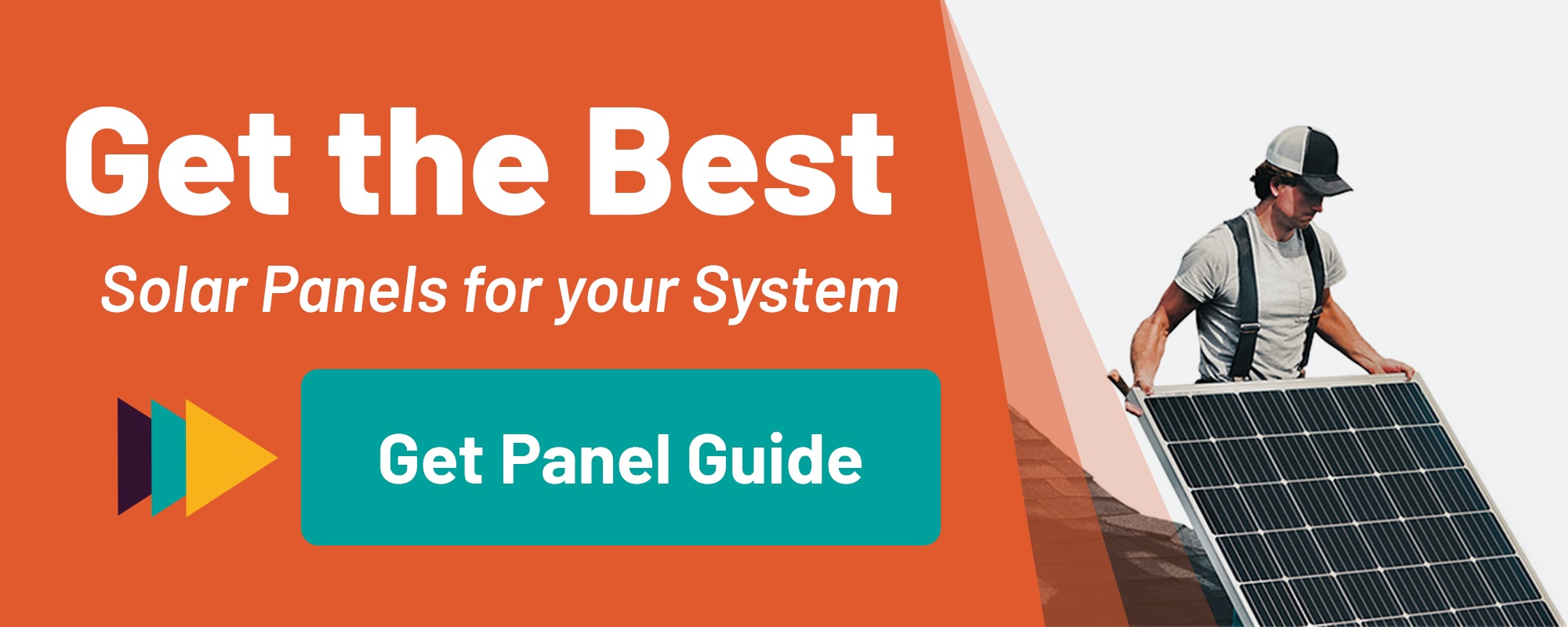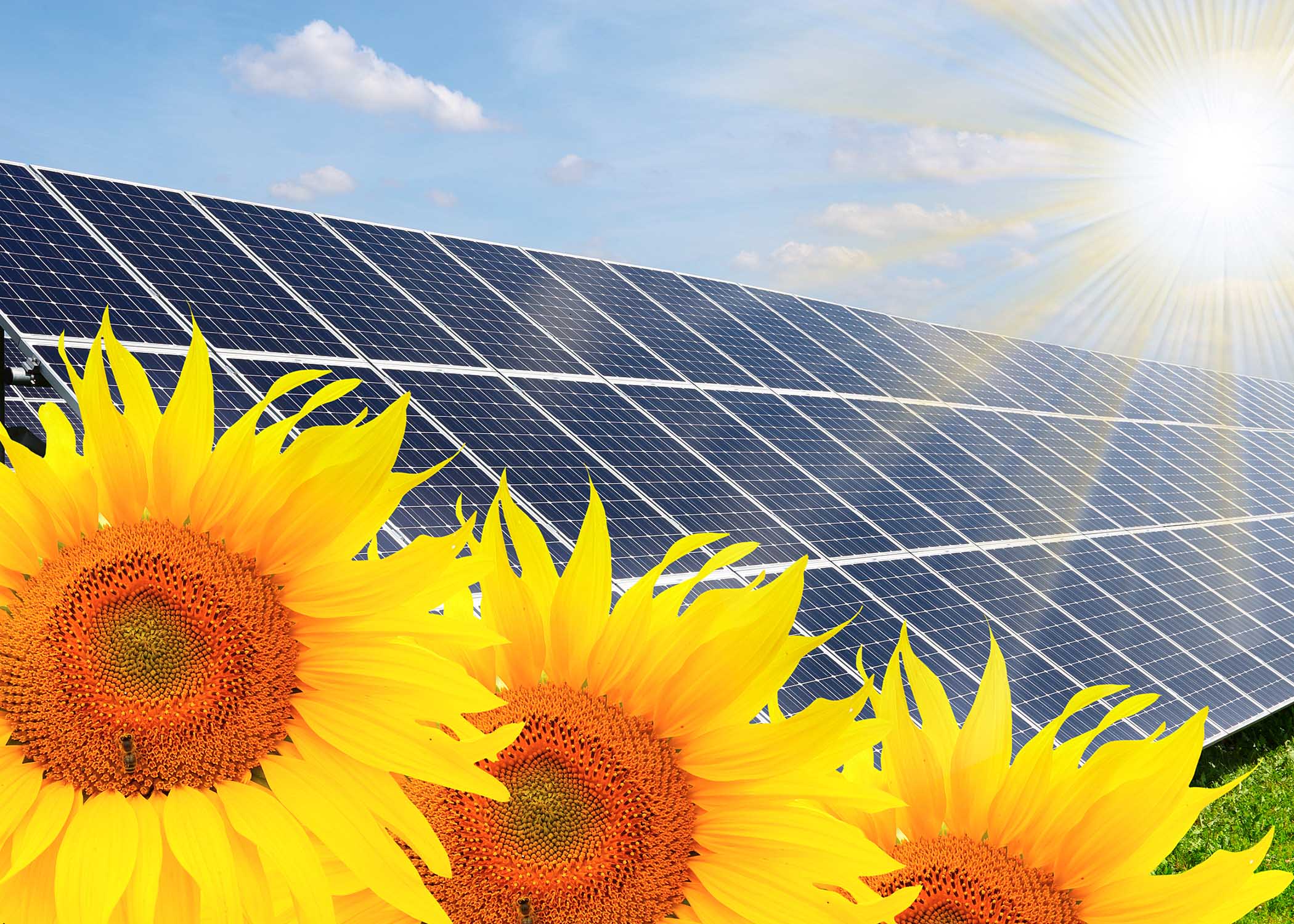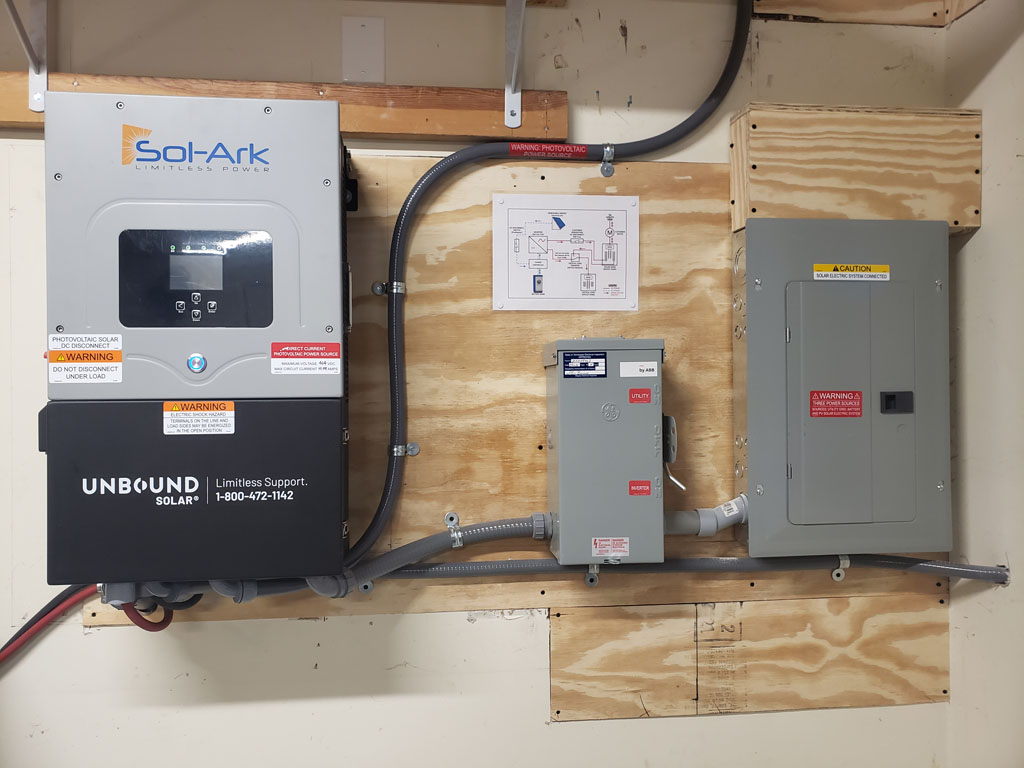Over the past few years, there have been some interesting developments in the solar industry focused on getting the most production possible out of solar panels. One such development is bifacial solar panels.
Since solar panels come in standardized sizes (either 60-cell or 72-cell), manufacturers are looking for creative ways to increase a panel’s efficiency without increasing its size. With bifacial solar panels, manufacturers have developed solar cells that absorb sunlight on both sides to maximize production from light that reflects on the back of the panels.
Bifacial panels are a creative idea, however, they are not as appealing as they first sound. In this article, we’ll explain why we think it’ll be at least a few more years before they catch up to traditional solar panels and start to make sense for more solar projects.
What are bifacial solar panels?
Let’s start with the basics.
Traditional solar panels can only absorb light that hits the front of the panel. Bifacial solar panels produce power from light that hits both sides of the panel.
Using dual-sided solar cells gives bifacial panels more surface area to absorb sunlight, and therefore, higher efficiency in the same form factor.
Why would you use bifacial solar panels?
When sunlight hits the face of the panel, not all of it is absorbed on the first pass. Even the most efficient panels only have an efficiency rating of 20-23%, which means around 80% of the potential energy is “lost” as it passes through the PV cells.
Bifacial solar panels seek to solve this problem. By installing the panels over a reflective surface, the light can bounce back through the panel a second time, giving the cells on the backside of the panel a second chance to capture and convert energy.
Since the panel has a second opportunity to reabsorb sunlight, bifacial panels enjoy increased efficiency over their traditional counterparts. Given that bifacial panels provide higher output from the same form factor, it’s easy to see why the solar industry is excited about them.
BUT… (yes, there is a “but”).
Why aren’t bifacial solar panels a good idea (yet)?
Bifacial solar panels are designed to improve efficiency and output more power, but they come at a higher cost—not only for the panels, but for associated materials to mount them properly.
For bifacial panels to work properly, the back of the panel must remain unobstructed. That means you’ll pay a bit more to build a racking system that gives enough clearance from the ground or roof surface where they’re mounted. The materials for these mounts will cost more than a standard roof mount system like the IronRidge XR100.
In addition, you’ll need to create a reflective surface behind the array, either by using reflective white rocks, a shiny coat of white paint, or a layer of reflective material like a TPO roof membrane.
The extra costs associated with properly mounting bifacial panels negates any money you might have saved from the slight efficiency bump. Bifacial panels really only make economic sense for large (utility-scale) solar projects. Right now, for residential and small-scale commercial projects, it’s more cost-effective to simply buy a few more panels if you need to squeeze a bit more efficiency from your array.
The verdict: bifacial solar panels aren’t quite ready
Bifacial solar panels are a great idea, and as they have time to improve with more research and development, we think it will make sense to stock them at some point.
But as of right now, they are not quite ready for primetime. Without the right racking setup, there is no guarantee you will get the efficiency boost from the backside of the panel. And the extra mounting costs to meet those requirements don’t justify the modest efficiency boost for small-scale installations.
We will need to see some combination of improved efficiency, lower price, and/or less restrictive mounting requirements for us to feel comfortable recommending bifacial solar panels for residential installs.
Bifacial panels may make some sense for large-scale commercial installs. Trackers are more economical to install on a large scale, and they allow for more dense PV systems, which helps make the most of the space available. The land-use efficiency can be beneficial for larger projects, since utility-scale systems are often designed to maximize production from the limited space available for the installation.
Need help picking the right solar panels for your project? Learn which panels are best for you with our free Solar Panel Buyer’s Guide.



